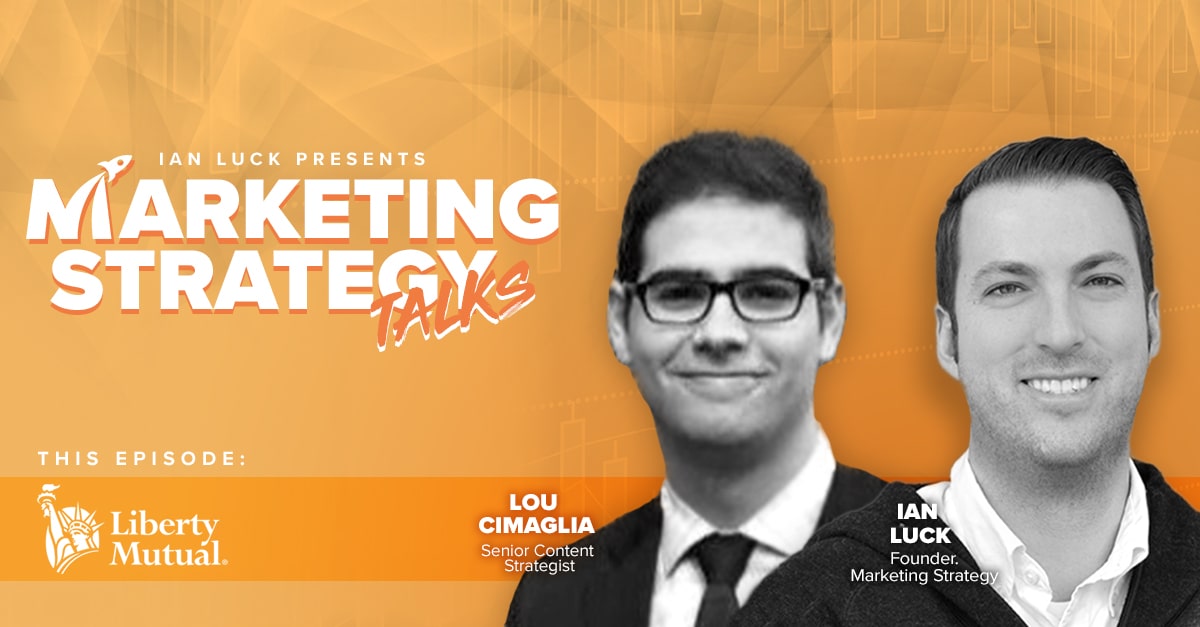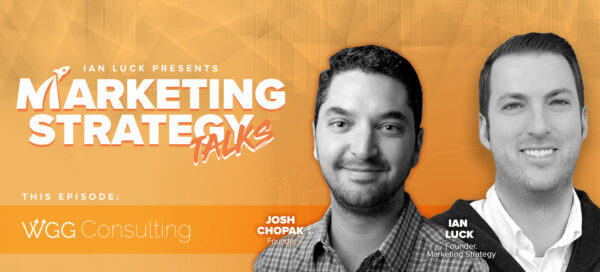Hello everyone and welcome back to another Marketing Strategy talk. Recently, I had the pleasure of talking with one of my good buddies Lou Cimaglia. Lou is the Senior Content Strategist at Liberty Mutual and a recent Hubspot Inbound 2020 speaker. In this talk, we dive into how effective content strategy and a superior user experience can be a key driver in customer retention. Because at the end of the day, as Lou puts it, brand loyalty isn’t earned by accident…it’s the result of sustained and deliberate efforts to communicate with customers over a long period of time. This talk is fascinating and I can’t wait for you all to hear it. Don’t forget to visit us at marketingstrategy.com and like us on LinkedIn. Without further adieu, let’s dive on in.


















Leave a Reply